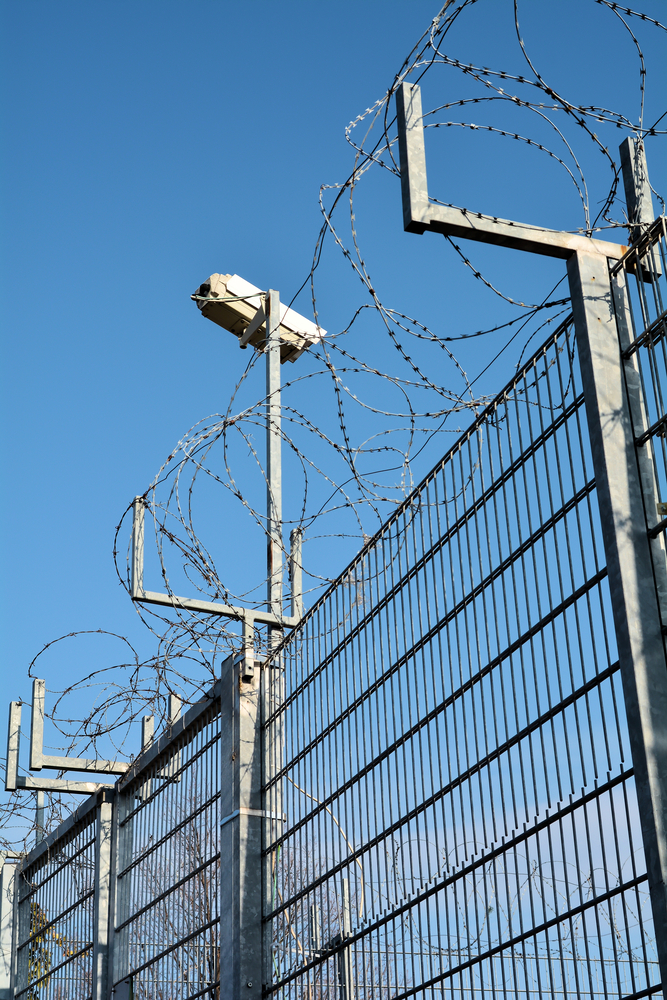
Additional actions are needed by the U.S. Department of Homeland Security (DHS) to strengthen management and assess the effectiveness of land-based surveillance technologies for U.S. Customs and Border Protection (CBP) operations, according to a recent report published by the U.S. Government Accountability Office (GAO).
In recent years, CBP has deployed a number of land-based technologies under its 2011 Arizona Technology Plan (ATP) and its 2014 Southwest Border Technology Plan, including radars, sensors, cameras, mobile surveillance technologies, and fixed tower structures.
Under its ATP Plan, CBP deployed the technology throughout the state of Arizona while its 2014 Plan called for incorporating those technologies to the rest of the southwest border, beginning in Texas and ending in California.
As of July 2017, the agency completed its deployment of select technologies in to areas in Arizona, Texas and California, including all planned remote video surveillance systems (RVSS), all mobile surveillance capability (MSC) systems, and 15 of 53 integrated fixed towers (IFT) in Arizona. Additionally, all planned MSCs have been deployed in Texas and California.
For its report, GAO was tasked with issuing a follow-up assessment of a 2014 report that recommended CBP apply scheduling best practices, develop an integrated schedule, and verify cost estimates for the technology program.
GAO found that while CBP did apply best practices to its scheduling updates, it had not taken action to address other recommendations from the 2014 report, such as developing an integrated master schedule and verifying cost estimating best practices with independent estimates for the IFT program.
The report also found that CBP made progress toward assessing performance of surveillance technologies, specifically regarding GAO’s 2014 recommendation that CBP identify mission benefits like improving situational awareness and agent safety. The agency has not, as of the publishing of GAO’s new report, developed key attributes for performance metrics for all of its surveillance technologies.
GAO made no new recommendations, but stated its existing recommendations from its 2014 report could strengthen CBP’s management efforts. GAO noted it will continue to monitor CBP’s technology program for future assessments.




